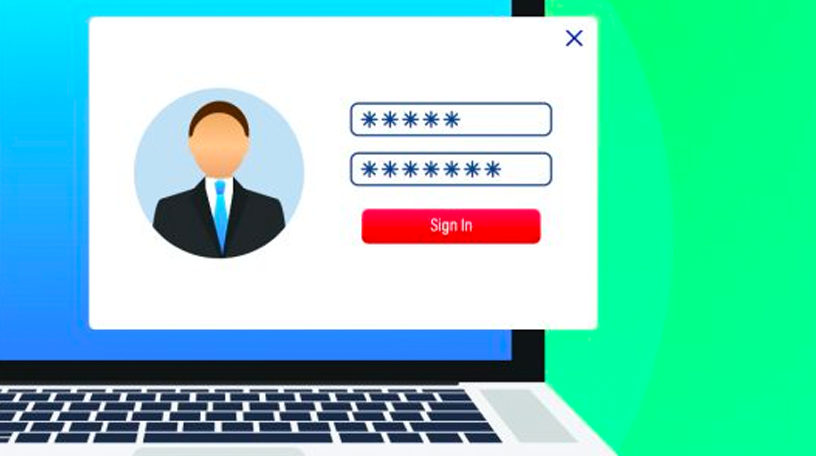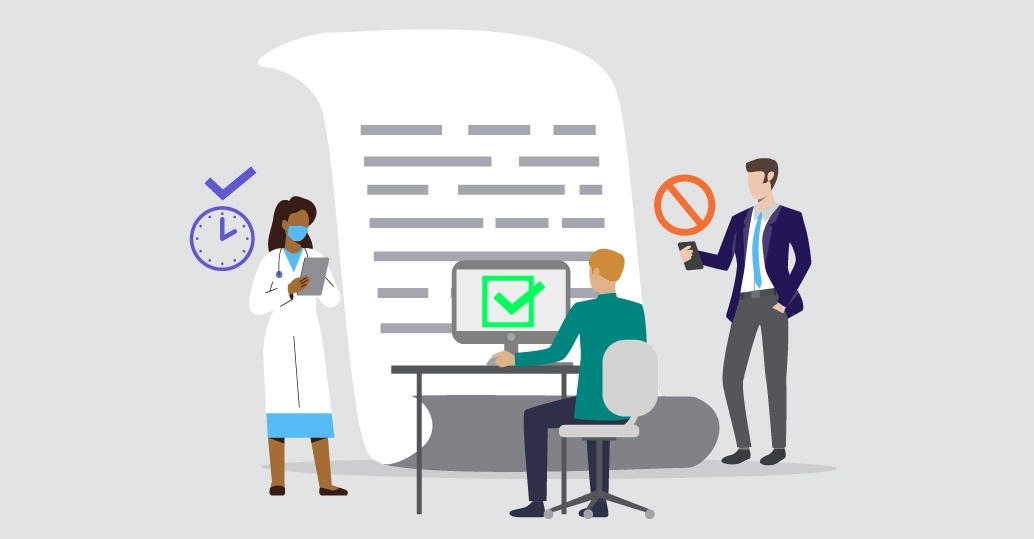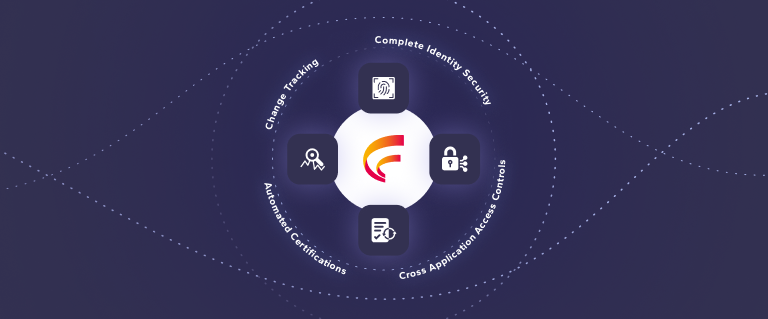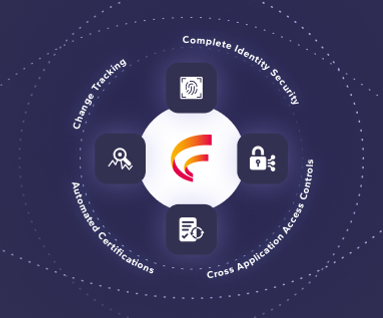Best Practices for Managing Access Controls in Your ERP System
By Fastpath
05/19/2023
6min read

Introduction
An ERP system is a critical component of many businesses, providing essential tools for managing financial data, human resources, and other key aspects of operations. However, as with any system that handles sensitive data, it is essential to manage access controls effectively to ensure that only authorized users have access to sensitive information. In this blog post, we will discuss best practices for managing access controls in an ERP system and how to ensure that your system is secure and compliant.
Understanding Access Controls in an ERP System
Access controls are a critical component of any ERP system, providing a mechanism for managing user access to sensitive data. The goal of access controls is to ensure that only authorized users have access to the data they need to do their jobs and that they cannot access data that is not necessary for their role.
There are several different types of access controls that can be used in an ERP system, including:
- Role-Based Access Control (RBAC): This type of access control assigns users to specific roles, and access to data is based on the user's role. This approach ensures that users can only access the data necessary for their role.
- Attribute-Based Access Control (ABAC): ABAC is a more flexible access control model that takes into account a wide range of attributes, such as location, device, and time of day, to determine whether a user should have access to data.
- Mandatory Access Control (MAC): MAC is a highly restrictive access control model that is typically used in high-security environments. In this model, access to data is determined by the system administrator, and users cannot change their access rights.
Best Practices for Managing Access Controls in an ERP System
- Conduct Regular Access Reviews: One of the best practices for managing access controls in an ERP system is to conduct regular access reviews. Regular reviews help to ensure that access is appropriate and necessary for each user, and that users do not have access to data they no longer need.
- Implement a Least Privilege Model: A least privilege model ensures that users have access only to the data they need to do their jobs. This approach reduces the risk of data breaches by minimizing the amount of data that is accessible to any individual user.
- Use Automated Tools to Monitor Access: Automated tools can be used to monitor access to an ERP system and detect unusual activity. These tools can alert administrators to potential security breaches and help to identify areas where access controls need to be tightened.
- Provide Training and Awareness Programs for Employees: Training and awareness programs can help employees to understand the importance of access controls and how to use the system securely. Such programs can help to reduce the risk of accidental or deliberate breaches of data security.
Challenges and Solutions for Managing Access Controls in an ERP System
While managing access controls is essential for any ERP system, it can be challenging to implement and maintain effective controls. Common challenges include:
- Complex Role Structures: In large organizations, role structures can become complex, making it challenging to ensure that users have access only to the data they need.
- Inconsistent Access Policies: Different departments or business units may have different access policies, making it difficult to ensure consistency across the organization.
One solution to these challenges is to use automated tools to simplify access management. Automated tools can help to streamline the process of creating and managing roles and can help to ensure that access policies are consistent across the organization.
Another solution is to implement a governance framework to ensure that access policies are documented and enforced consistently across the organization. A governance framework provides a framework for managing access controls, ensuring that policies are clear, consistent, and up-to-date.
Key Takeaways
Managing access controls is essential for any ERP system, by to ensure it is secure and compliant. Regular access reviews, a least privilege model, and automated tools to monitor access are all important components of an effective access control strategy. Additionally, providing training and awareness programs for employees can help to ensure that everyone in the organization understands the importance of data security.
Fastpath enables firms to analyze access risk across all business critical applications, from the enterprise level, right down to the lowest securable permission, helping them secure their systems and always be audit-ready.
Get in touch with our team today to learn how our Access Control can enhance your security and compliance.











 (515) 276-1779
(515) 276-1779  (515) 864-0318
(515) 864-0318  info@gofastpath.com
info@gofastpath.com